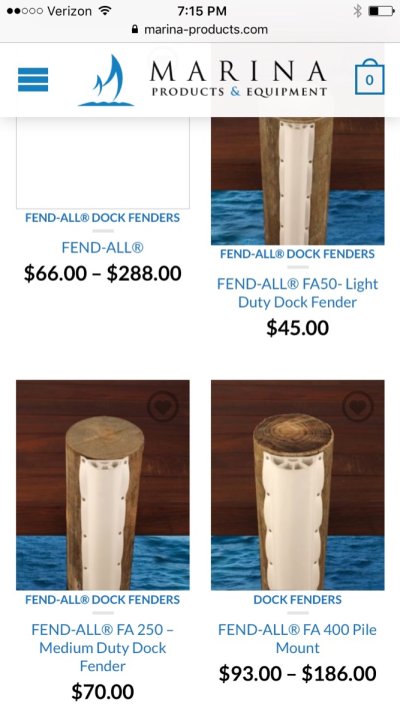MYTraveler
Guru
My boat has had a "permanent" slip for a couple years, so it finally occurred to me that I could attach fenders to the dock and thereby eliminate the need to remove and deploy temporary fenders from the boat every time I take it in and out. I can't see any reason not to, but thought I would ask about the experiences of others before making the switch. What type are best?
Is there any maintenance? Any thoughts or advice? Thanks, Rick
Is there any maintenance? Any thoughts or advice? Thanks, Rick


